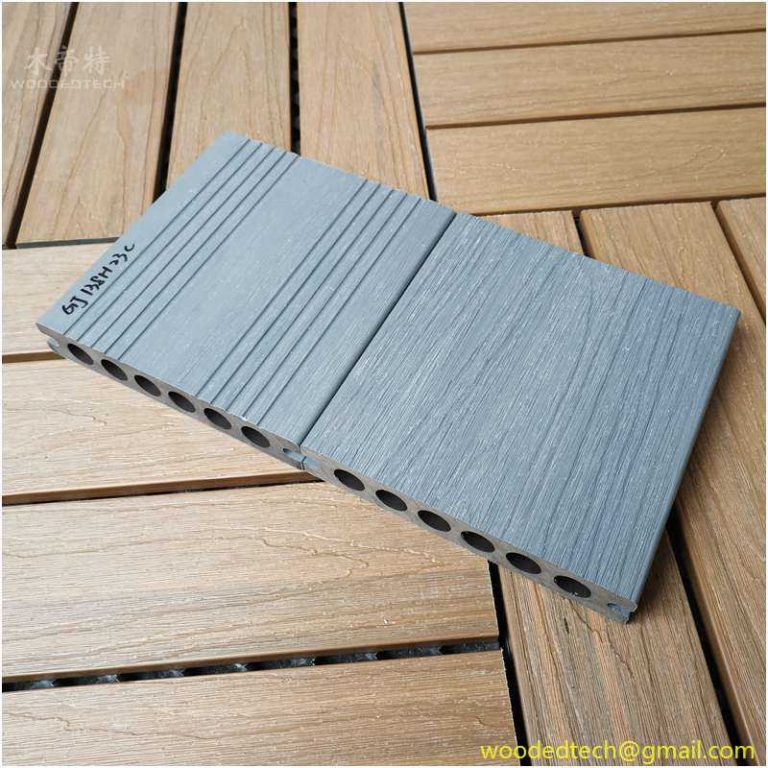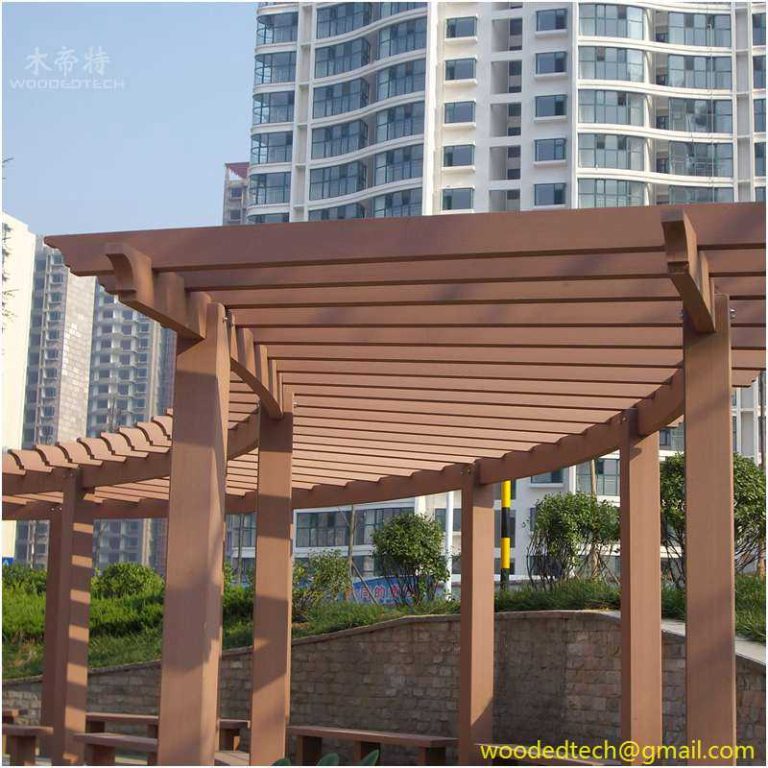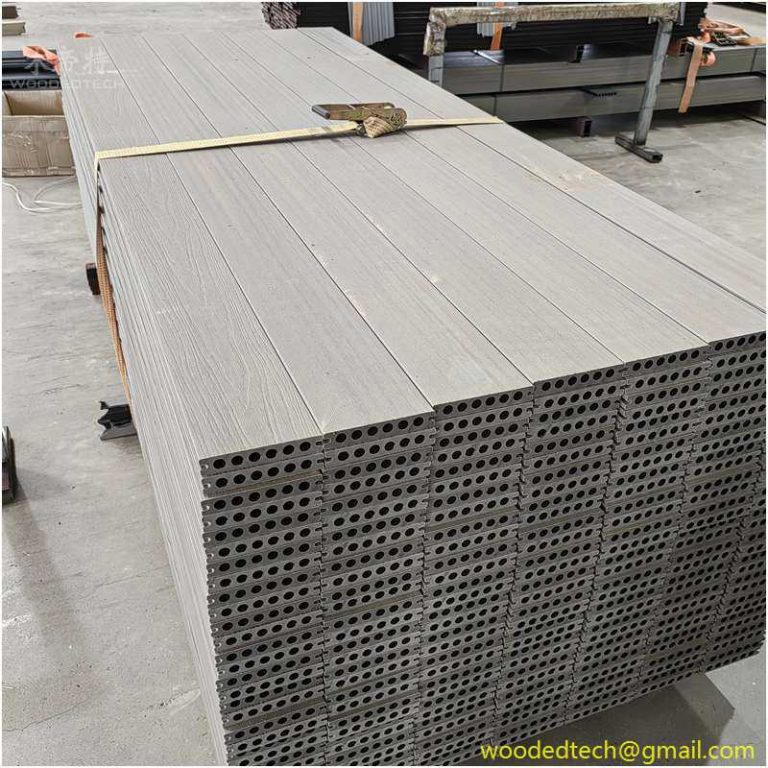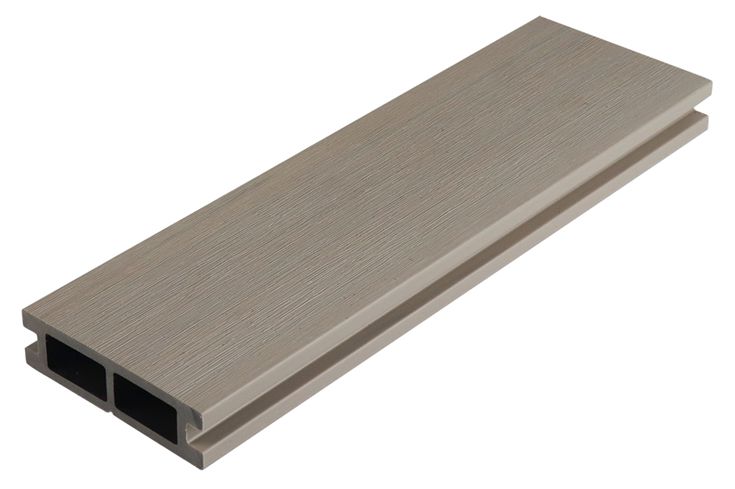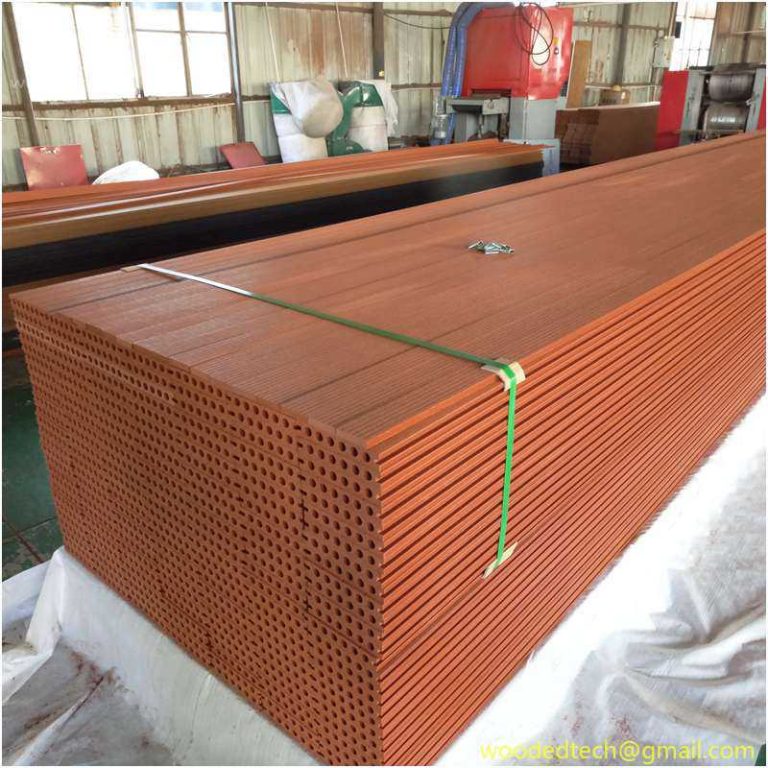The continuous growth of the application of wood plastic composite materials is an inevitable trend
The continuous growth of the application of wood plastic composite materials is an inevitable trend The demand for wood is increasing due to social development, and the speed of forest growth can no longer meet the demand, which forces the wood industry to innovate and explore. Recently, the bio based polymer team of the Chinese…
The continuous growth of the application of wood plastic composite materials is an inevitable trend
The demand for wood is increasing due to social development, and the speed of forest growth can no longer meet the demand, which forces the wood industry to innovate and explore.
Recently, the bio based polymer team of the Chinese Academy of Sciences Ningbo Institute of Materials Technology and Engineering (hereinafter referred to as Ningbo Institute of Materials) has prepared wood like composites using plant straw and other fiber composites. Team leader and researcher at Ningbo Institute of Materials, Zhu Jin, told China Science Daily, “We have collaborated with enterprises to develop a process that not only solves the problem of large-scale burning of rural straw, but also hopes to turn agricultural and forestry waste into treasure.”
Searching for alternatives to wood
Nowadays, the amount of round wood obtained through deforestation is decreasing, leading to the emergence of artificial boards in the timber industry. The so-called artificial board is made from fast-growing trees such as poplar, eucalyptus, and other trees with short growth cycles, which are cut into wood veneer or made into wood fibers from broken wood as raw materials. They are then bonded into boards using adhesives.
The manufacturing method of artificial board is flexible and cost-effective, which can almost meet people’s daily needs. According to statistics from the Information Center of the China Wood and Wood Products Distribution Association, in 2017, China produced over 300 million cubic meters of artificial boards annually.
However, artificial boards often release formaldehyde due to the presence of organic adhesives. Currently, formaldehyde pollution has become a focal point of social concern.
“Although artificial board has increased processing flexibility compared to round wood, its molding process is limited to producing simple components and cannot produce complex components like plastic.” Zhu Jin discovered that polymer scientists had previously obtained a new type of wood plastic composite material by filling plastic with wood powder. In the past 20 years, wood plastic composite materials have developed rapidly due to their advantages in plastic processing and the beauty of wood.
New problems have also emerged. “Wood plastic composite materials are filled with wood powder, with a filling amount generally less than 60%. Their mechanical properties do not meet the requirements of wood and are prone to serious problems such as warping and deformation.” Zhu Jin said that wood plastic composite materials cannot truly meet the needs of wood and achieve the goal of replacing wood.
Structurally speaking, the microstructure of wood is a type of fiber composite material. The history of fiber composite materials in our country can even be traced back to ancient times. The ancient people used rice straw or wheat straw to strengthen clay to make houses, which is a utilization of fiber composite materials. Zhu Jin said, “Rice straw or wheat straw is difficult to collect and treat, is prone to spoilage, combustion, and water absorption, so it is difficult to see their presence again in modern composite materials.”
“Based on the texture structure of wood, can we develop a new type of wood like composite material that can truly replace wood?” Zhu Jin led a bio based polymer team to start a new attempt.
Overcoming material technology challenges
Both artificial board and wood plastic composite require wood as their raw material. “In 2017, China’s dependence on wood imports had reached over 60%.” Zhu Jin’s team came up with the idea of using annual herbaceous plant fibers, such as hemp fibers, bamboo fibers, etc., as fiber structures to combine with plastics to create wood like composite materials with fiber structures. “This will completely solve humanity’s dependence on wood.”
“Due to the lower prices of various plant fibers compared to polymer resins, the cost of these composite materials will also be lower than that of current plastic resins. However, Zhu Jin’s research has found that in order to develop and utilize plant fiber materials on a large scale, it is necessary to overcome the layer by layer challenges of material technology.”.
Due to the strong hydrophilicity of plant fibers, their compatibility with hydrophobic polymer resins is poor, resulting in the final composite material exhibiting significant brittleness.
The response plan of the bio based polymer team is to use compatible additives. They can effectively improve the compatibility between hydrophilic plant fibers and hydrophobic polymer resins by selecting compatible additives, and ultimately prepare plant fiber reinforced polymer composites with high strength and high modulus.
However, with the increase of plant fiber content, various defects are easily formed on the surface of plant fiber polymer composites. For example, in extrusion production, if the fluidity is poor, problems such as inability to continuously extrude and unstable shape after extrusion may occur. The solution of Zhu Jin’s team is to use a compound lubricant system of “internal lubrication” and “external lubrication” to prepare automotive parts with complex appearance and particularly high fluidity requirements, and also successfully achieve continuous extrusion of sheet metal.
In addition, both plant fibers and common plastics are flammable materials, and the current flame retardant problem of plant fiber composite materials is also a major challenge.
“Other research teams have achieved flame retardancy by treating fibers with organic solvents or alkaline solutions. However, this path is not only time-consuming and labor-intensive in terms of environmental treatment, but also adds a lot of additional costs.” Zhu Jin introduced their bio based polymer team’s step-by-step flame retardant scheme using plant fibers and resin matrix: flame retardant treatment is carried out separately for both. Through scientific flame retardant evaluation, the high filling plant fiber composite material has achieved V0 level flame retardant ability.
Processing and preparing wood like materials
The current preparation and processing of plant fibers also face three challenges, namely how to collect them centrally, how to efficiently crush them, and how to mix them evenly with the resin matrix. Taking straw as an example, Zhu Jin said that the collection cost of straw is high, there are many impurities, and the final comprehensive utilization is also relatively difficult. Agricultural machinery and equipment can preliminarily crush this type of straw, but its delicacy is still far from the preparation of composite materials.
The team led by Zhu Jin found through research that to solve the above problems, miniaturized equipment is needed first, which can be produced in multiple locations within a certain geographical range to achieve fiber processing and even the preparation of composite materials; Secondly, there should be an efficient fiber crushing method to separate the micro fibers in straw or hemp fibers from the main stem through the crushing process; Finally, the equipment requires a very strong blending and stirring torque to fully blend high content plant fibers with plastic resins.
To this end, Ningbo Materials Institute has collaborated with Weifang Yunding New Materials Technology Co., Ltd. to develop a high-speed blending equipment that can solve the above problems in one process step. Zhu Jin said, “This equipment can successfully prepare thermoplastic composite materials with a filling content of up to 80% of plant fibers. The composite material particles formed by mixing raw materials and automatic cutting can be produced through conventional plastic molding processes.”
The high content of plant fibers ensures the high strength of composite materials, which is similar to wood. Therefore, high content plant fiber polymer materials are also known as wood like composite materials. This type of wood like composite material has better comprehensive performance than wood, artificial board, single plastic, and traditional wood plastic.
Zhu Jin stated that with the deepening of research and marketing, imitation wood products will soon enter the market and enter thousands of households. In this way, the development of wood has achieved an era from logs to artificial boards, and then to annual herbaceous plants imitating wood, freeing humanity from dependence on wood and achieving sustainable development of wood.

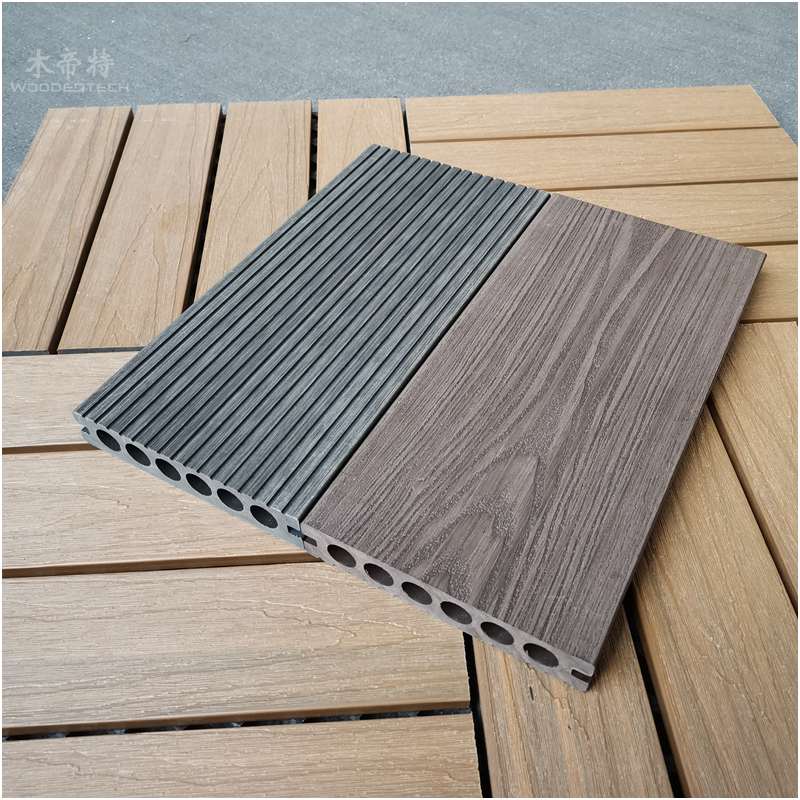
and-application-pictures-2-768x768.jpg)
